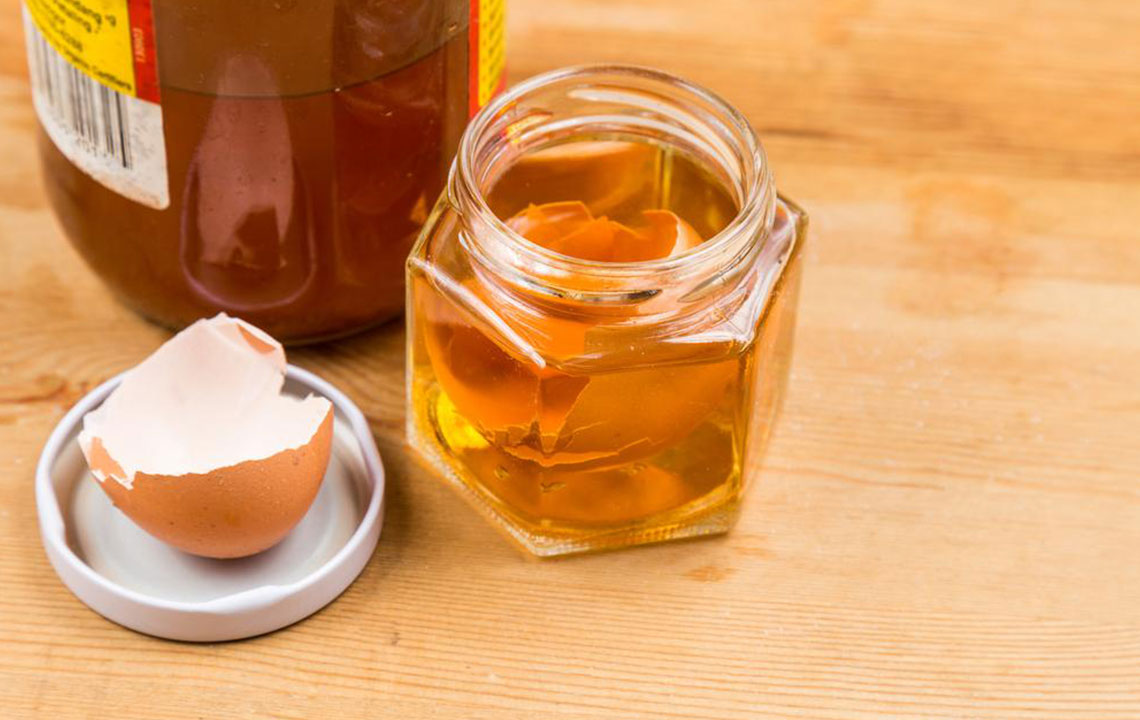Home Remedies to Get Relief from Cold and Congestion

The simple act of breathing could be a challenge when one is suffering from cold and a congested nose and chest. One feels perpetually tired, no matter what the cause of the congestion is. Some of the most common causes of congestion include dealing with the flu, allergies, a sinus infection, seasonal changes, cold or an infection. A combination of things happens inside the head of a human when undergoing nasal congestion. Since the nose has a vast network of blood vessels with valves that keep opening and closing, they all get easily stimulated when irritated by an outside factor. When irritated, the nervous system responds to it and the valves open up, which results in increased blood flow inside the nose, causing swelling in the nasal passages that causes difficulty in breathing. Since colds, allergies and sinus infections bring with them tiredness, aches, increased body temperatures, fatigue and much more apart from the simple congestion, it is very normal to want to take several medicines and drugs to alleviate some, or all of the symptoms as quickly as possible. Bu it is often dangerous to take several medicines at once and most over the counter medicines do not provide cold and congestion relief.
Decongestants
Most decongestants available over the counter are mainly used to treat the symptoms like a headache, stuffiness, and discomfort that is caused by congestion. They do not treat the root causes of the cold and congestion and can make a person grow dependent on them, apart from causing other problems.
For example, rebound swelling in the nasal passages is a common recurrence that happens due to the use of decongestants that are taken for more than 3 to 5 days. This rebound swelling in the nasal passages leads to a vicious cycle of rebound swelling that causes increased dependence on the drug, leading to the need of increased dosage to fix the problem, which in turn leads to increased dependency.
Some easy ways to break the habit of taking decongestants and fixing the problem to get a long-term cold and congestion relief include certain home remedies. Home remedies are low cost, low-risk fixes that can help with fatigue, discomfort, dehydration or the general annoyance that comes with a cold and congestion.
Home remedies for cold and congestion relief
- A glass of plain, warm water can provide instant relief to an inflamed throat or a congested chest. Add to it a pinch of salt for saline gargles or the juice of ginger or garlic and a relief tonic is ready. All these help relieve the symptoms of cold and congestion.
- One can also ease the dryness caused by a cold or congestion, or the constant coughing that happens due to a cold or a cough by adding moisture to their immediate environment, like a room or bathroom, with the help of a vaporizer or humidifier. Congested sinuses respond well to humidifiers and vaporizers, and the extra humidity that they provide can give a lot of relief since humidifiers and vaporizers help break apart the congestion by adding extra moisture to the air that helps break the congestion in the chest and throat by thinning the mucus causing the congestion.
- Rinsing with a saline solution is one of the easy home remedies that provide a lot of relief from cold and congestion-based symptoms. These have been used since centuries and are extensively mentioned in the Ayurveda texts, spiritual guidebooks and are a part of the practice of yoga to help keep the breathing passages clean. It is known as nasal irrigation and is a proven effective method to help clear the mucus and allergens out of the nasal passage.
- Soothe and hydrate the nasal passage with the help of warm tea and soups, or any warm liquids. This helps relieve a stuffy nose. Warm beverages like hot teas with infusions of ginger, garlic, chamomile and other herbs, soups like clear broth soups, hot water with lemon and honey and thin soups made of protein packed pulses have been used for centuries by many cultures as traditional medicines. Although these may only provide a placebo effect, it is still known to work and when cold and congestion hits, any placebo helps.
- Steam has been used traditionally for years to help ease the symptoms of congestion and cold. Warm water vapors help break down the congestion in the chest and throat, and provide temporary cold and congestion relief. This happens because steam humidifies the dry mucus that is stuck, thus helping it move along and break down, creating a feeling of cold and congestion relief. Steam can be taken by simply heating a pot full of water on a high flame till the water comes to a boil. One can then take a towel on the face and carefully inhale the steam.


